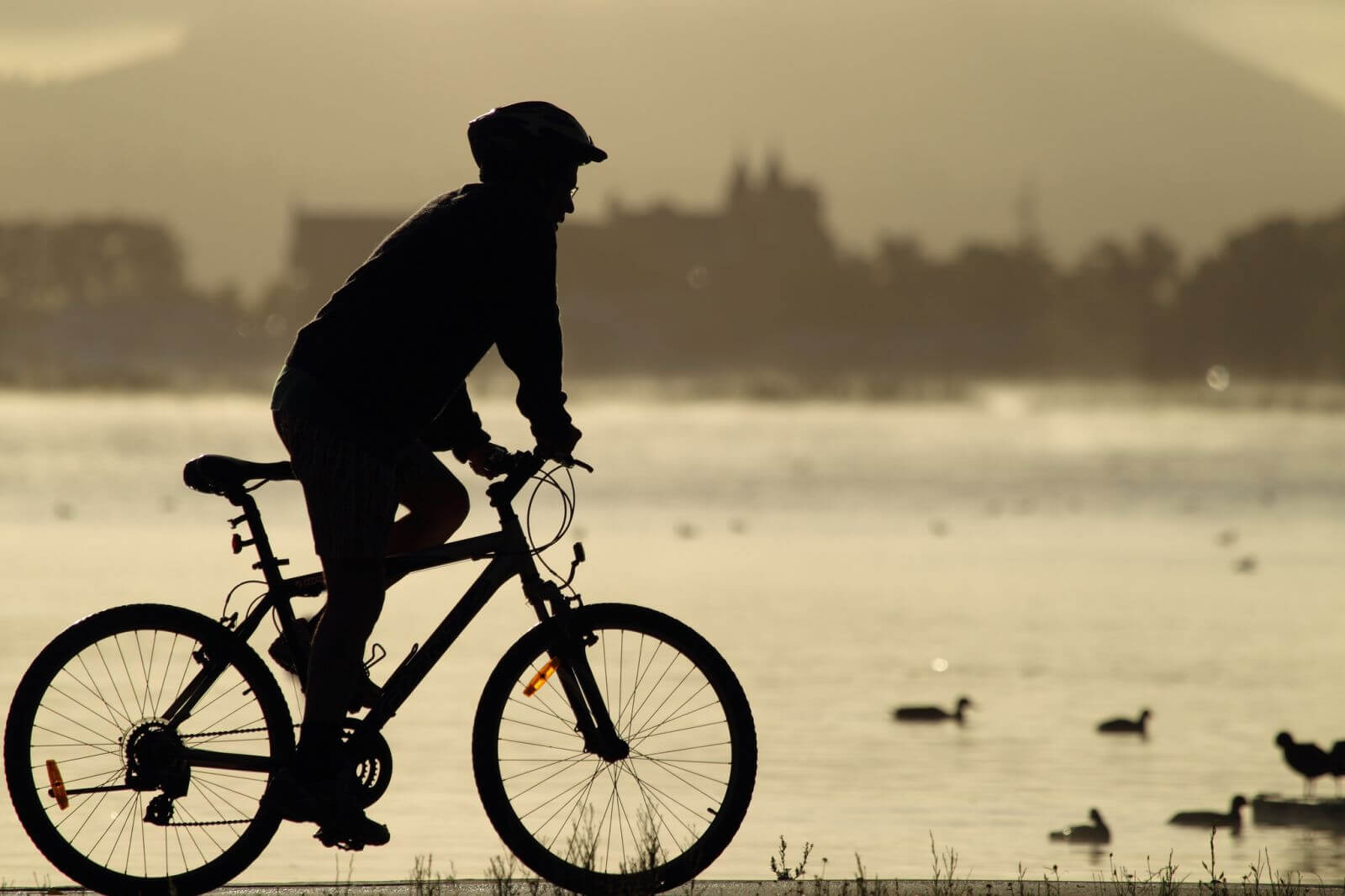 In an NRS survey, exercise and sun exposure were listed as top triggers by 56 percent and 81 percent of rosacea patients, respectively. This can be challenging for those who like to run or cycle, which often means both physical exertion and being out in the sun during peak hours. Whether you’re a longtime cyclist or runner still learning to deal with rosacea, or if you’re a rosacea patient trying to get into running and cycling, here’s the first of two steps that may help avoid flare-ups: keep the intensity low.
In an NRS survey, exercise and sun exposure were listed as top triggers by 56 percent and 81 percent of rosacea patients, respectively. This can be challenging for those who like to run or cycle, which often means both physical exertion and being out in the sun during peak hours. Whether you’re a longtime cyclist or runner still learning to deal with rosacea, or if you’re a rosacea patient trying to get into running and cycling, here’s the first of two steps that may help avoid flare-ups: keep the intensity low.
Another NRS survey of rosacea patients who had experienced a flare-up due to exercise, found about half had tried modifying their exercise routine, and the majority were able to reduce the severity and frequency of exercise-related flare-ups. The most popular adjustment was simply to lessen the intensity of exercise.
When it comes to running or cycling, remember to maintain a slow pace. It might be helpful to run with a pedometer or app on your phone that shows your pace. Sometimes these tools also include a heart rate feature. Monitoring your heart rate is a great way to be sure you’re keeping a low intensity while exercising, and it’s also a good practice to develop as you grow older. You might consider using a separate heart rate monitor that you wear on your chest or arm. These aren’t only for the pros! Also, Choose flat trails and avoid rigorous topography when you can.
Step two for avoiding flare-ups is to minimize sun exposure. Wearing a hat with a brim when cycling or running is a great way to keep the sun off your face. Try to find shady trails or routes with good coverage from the sun. Regardless of the shadiness of the route, however, it’s always a good idea to wear sunscreen.
If you can, try to get your run or ride in early in the morning or in the evening when it’s relatively cool out and the sun isn’t at its peak height. Finally, remember to relax, have fun, and enjoy your time outdoors!
Photo courtesy of Ed Dunens on Flickr.